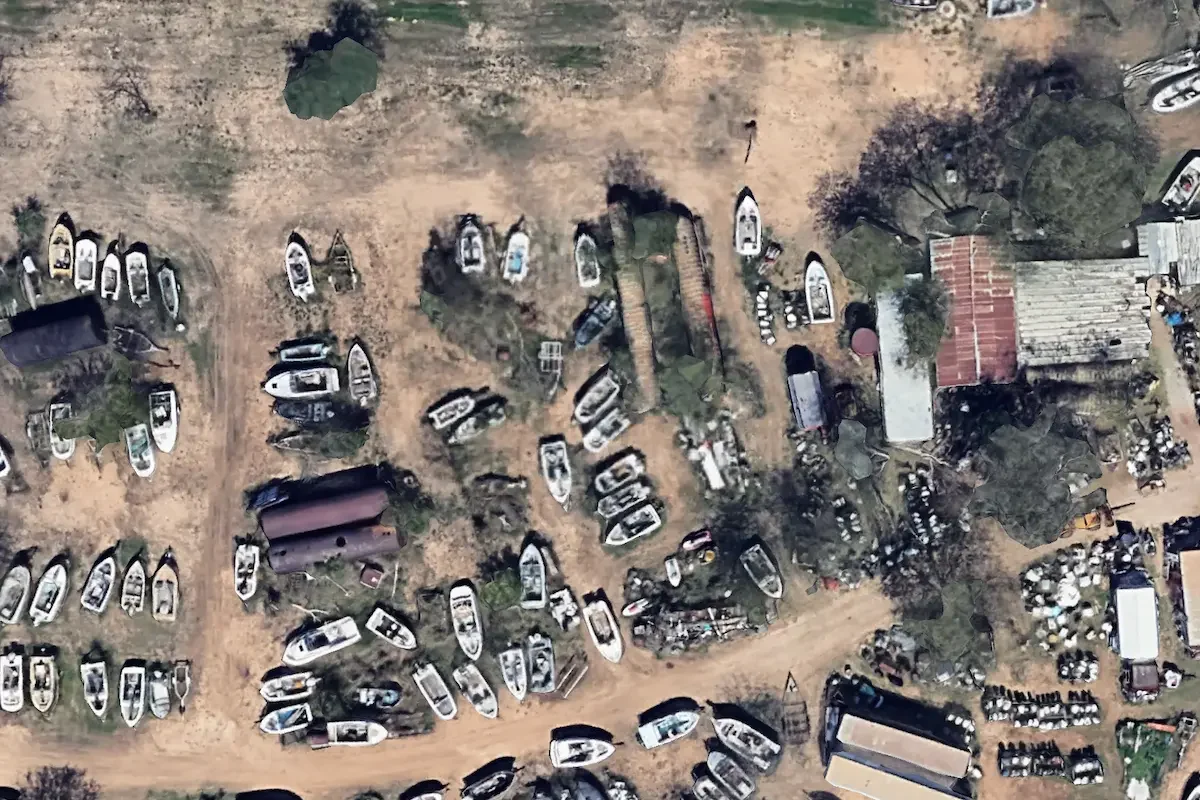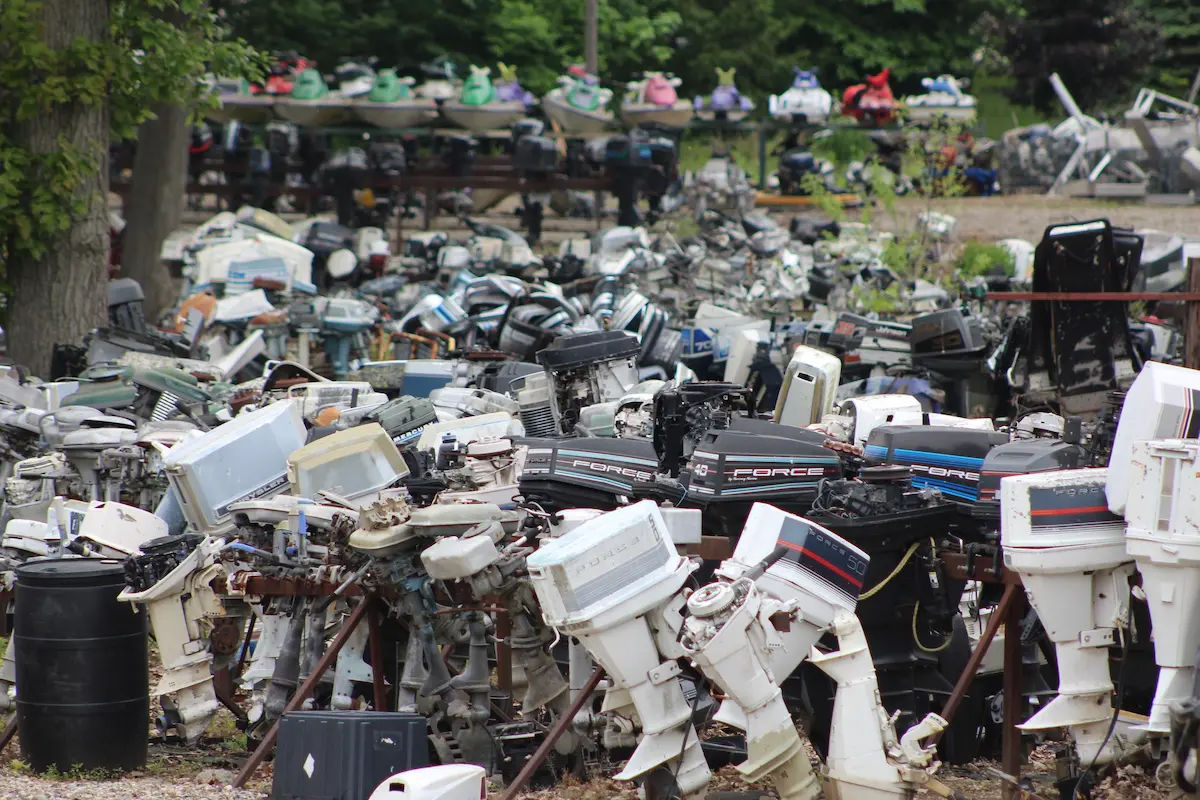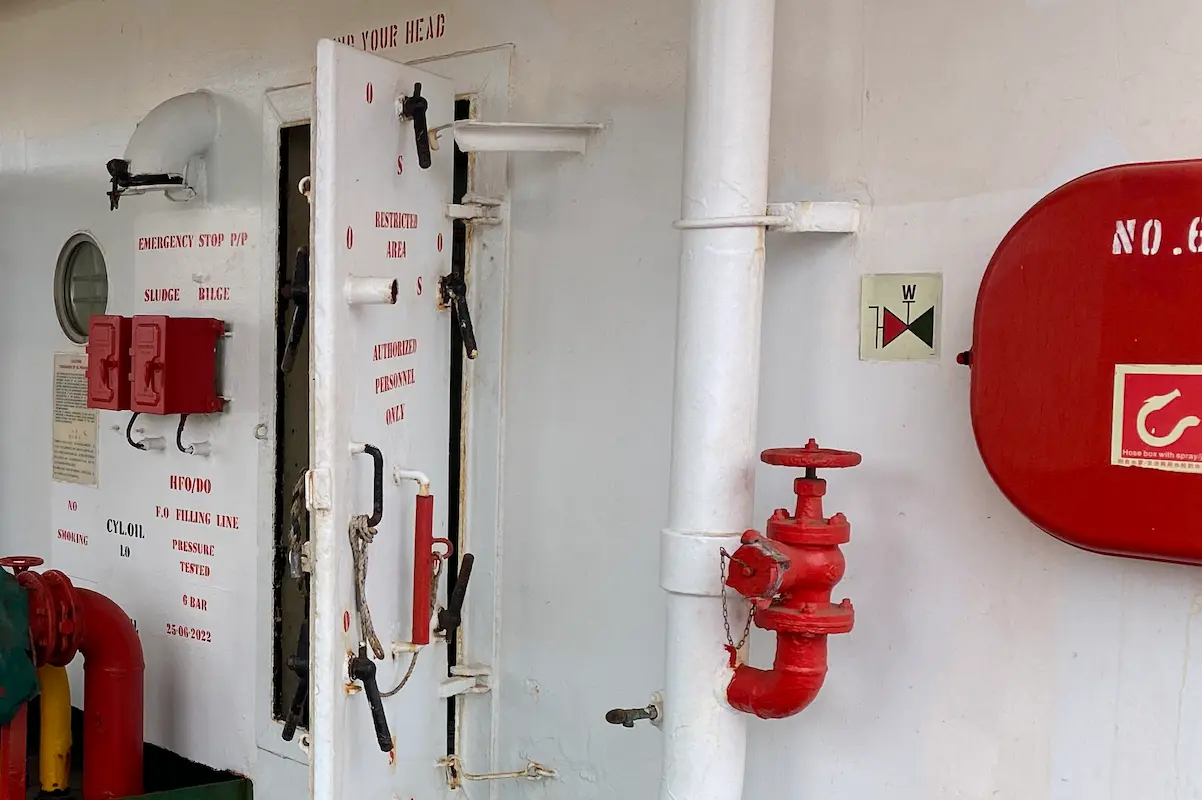Gelcoat damage is a common occurrence for boat owners, and it can happen for a variety of reasons. Whether it’s from a collision, weathering, or general wear and tear, gelcoat damage can be unsightly and lead to further issues if not addressed promptly. Fortunately, there are several ways to repair gelcoat damage on a boat.
When it comes to repairing gelcoat damage, the first step is to assess the extent of the damage. Minor scratches and chips can often be repaired with a simple gelcoat repair kit, while more significant damage may require professional assistance. It’s essential to address any damage as soon as possible to prevent further damage and maintain the integrity of the boat’s structure.

There are several methods for repairing gelcoat damage, including filling in the damaged area with putty or resin and sanding it down to match the surrounding area. The process can be time-consuming and requires attention to detail, but with the right tools and materials, it’s possible to achieve a seamless repair that restores the boat’s appearance and protects it from further damage.
Assessing the Damage
Before repairing gelcoat damage on a boat, it is important to assess the extent of the damage. This will help determine the appropriate repair method and materials needed.
Gouge Damage
A gouge is a deep and narrow cut in the gelcoat that exposes the fiberglass underneath. To assess gouge damage, inspect the area carefully to determine the depth of the gouge. If the gouge is shallow, it can be easily filled with gelcoat filler. However, if the gouge is deep, it may require a more extensive repair involving fiberglass.
Scratch Damage
Scratches are shallow cuts in the gelcoat that do not penetrate the fiberglass. To assess scratch damage, run your fingernail across the scratch. If your fingernail does not catch on the scratch, it is considered a minor scratch and can be easily repaired with gelcoat filler. However, if the scratch is deep enough to catch your fingernail, it may require a more extensive repair involving fiberglass.
Spider Crack Damage
Spider cracks are small, hairline cracks that form in the gelcoat. To assess spider crack damage, inspect the area to determine the extent of the cracking. If the cracks are widespread and cover a large area, it may require a more extensive repair involving fiberglass. However, if the cracks are isolated and minor, they can be easily repaired with gelcoat filler.
In summary, assessing the damage is an important step in repairing gelcoat damage on a boat. Gouges, scratches, and spider cracks all require different repair methods and materials, and understanding the extent of the damage will help determine the appropriate course of action.
Preparing the Surface
Before repairing a gelcoat damage on a boat, it is important to prepare the surface properly. This will ensure that the repair will be long-lasting and effective. The process of preparing the surface includes cleaning, sanding, filling, applying gelcoat, color matching, finishing the repair, and preventing future damage.
Cleaning the Damaged Area
The first step in preparing the surface is to clean the damaged area. Use acetone and a clean cloth to remove any dirt, grease, or wax from the surface. This will ensure that the gelcoat adheres properly to the surface.
Sanding the Damaged Area
After cleaning the damaged area, sand it with sandpaper. Start with a coarse grit sandpaper and gradually move to a finer grit sandpaper. Use a sanding block to ensure that the surface is even. Wet/dry sandpaper can be used for a better finish. Sanding will roughen the surface, allowing the gelcoat to adhere better.
Filling the Damaged Area
If the damage is deep or the surface is uneven, fill it with a filler. The filler should be mixed with a PVA curing agent to ensure that it cures properly. Once the filler is applied, it should be sanded with sandpaper to make it even with the surrounding area.
Applying Gelcoat
Once the surface is even, apply the gelcoat. The gelcoat should be mixed with a catalyst or hardener to ensure that it cures properly. The viscosity of the gelcoat should be adjusted according to the repair. A polyester resin-based thermoset polymer is often used for gelcoat repair. The gelcoat should be applied evenly with a brush or spray application.
Color Matching
To ensure that the repair matches the surrounding area, it is important to match the color of the gelcoat. Boat paint or a gelcoat color matching kit can be used for this purpose. The color should be matched carefully to ensure that the repair is not noticeable.
Finishing the Repair
After applying the gelcoat, it should be left to cure for the recommended time. Once it is cured, the surface should be sanded with a fine grit sandpaper. The repair should then be polished with a rubbing compound to restore the shine. A power drill or rotary tool can be used for this purpose.
Preventing Future Damage
To prevent future damage, it is important to protect the surface from UV damage and hydrolysis. This can be done by applying a UV-resistant gelcoat or by using a protective wax. It is also important to avoid grinding or buffing the surface excessively, as this can damage the gelcoat.
In conclusion, preparing the surface is an important step in repairing gelcoat damage on a boat. It requires experience, knowledge, and proper tools. By following the steps outlined above, it is possible to achieve a long-lasting and effective repair.
- 11 Boat Salvage Yards in Texas – January 18, 2025
- 7 Boat Salvage Yards in Michigan – January 15, 2025
- Fire Hose SOLAS Requirements, Regulation 10: Ensuring Maritime Safety – January 9, 2025



